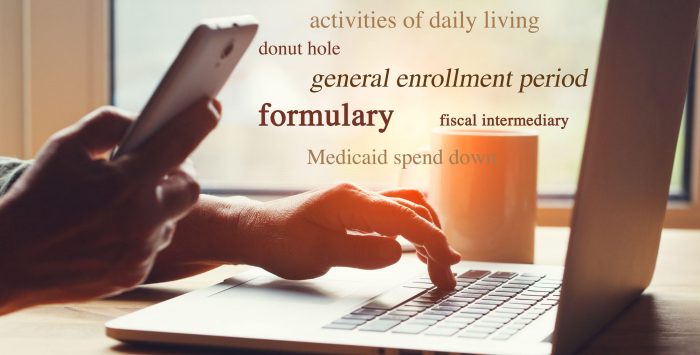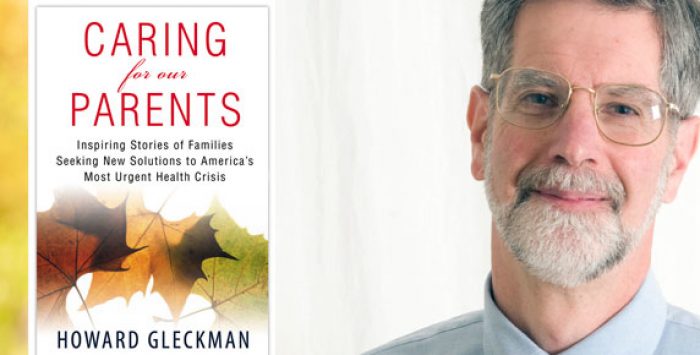What are home and community based services?
Home and community based services (HCBS) include a variety of medical and social services provided to individuals with functional or cognitive limitations. People who receive HCBS are able to continue living in the community – instead of entering a nursing home or another institutional setting. HCBS programs serve the needs of distinct groups of individuals, including people with physical disabilities, intellectual and developmental disabilities (IDD), and mental illnesses.
HCBS programs can offer seniors and people with disabilities assistance with activities of daily living (ADLs) like toileting, bathing, eating, and getting in and out of bed. (These are known as personal care services.) Some HCBS programs also offer a variety of medical services, including:
- home health care,
- physical and occupational therapy,
- skilled nursing care,
- durable medical equipment services
Human services are another component of HCBS. These can include:
- case management services (e.g. medical service coordination),
- home meal deliveries,
- transportation,
- financial and legal services
HCBS are provided to beneficiaries in their homes or in community locations like adult or senior day care centers. Many states also have HCBS services specifically intended to help individuals transition from an institution, such as a nursing home, to living in their community.
Medicaid has shifted to paying for LTSS in community-based settings over nursing home care over the past 20 years. This is largely due to enrollee preferences for living in the community and the U.S. Supreme Court’s Olmstead decision, which found that Medicaid’s “institutional bias” toward paying for nursing home care violated the Americans With Disabilities Act (ADA).
In 2020, 72% of the people who used Medicaid LTSS used only HCBS services. And as of 2021, nearly two-thirds of Medicaid’s LTSS spending was for HCBS services. But HCBS services cost Medicaid less money on a per-person basis than nursing home care.
Medicaid spending on HCBS services totaled $116 billion in Fiscal Year 2020. Medicare and commercial health insurance do not cover long-term care, although some Americans also choose to finance their long-term care (including HCBS) by purchasing private long-term care insurance that’s specifically designed for this purpose.
Nursing home care is a mandatory Medicaid benefit, but covering HCBS is optional. All states provide it, but there are waiting lists for it in some states.
State Medicaid programs frequently have multiple HCBS waiver programs. Eligibility for each HCBS program involves both financial factors (e.g. income and assets) and non-financial factors (e.g. the intensity or ‘level’ of services required).
Most states have both an HCBS waiver program for seniors and people with disabilities and separate programs targeted to the needs of individuals with intellectual and developmental disabilities (IDD). (These HCBS programs for individuals with IDD have higher per-capita and overall costs than other HCBS programs.)
Does Medicare cover HCBS?
No, Medicare does not cover HCBS (or custodial long-term care in general), since HCBS is a Medicaid program. Medicare beneficiaries are only eligible for HCBS coverage if they’re also enrolled in Medicaid. But a significant number of dual-eligible beneficiaries (meaning those who have both Medicare and Medicaid) use HCBS.
Footnotes
Tags: home health, long-term care, ltss



